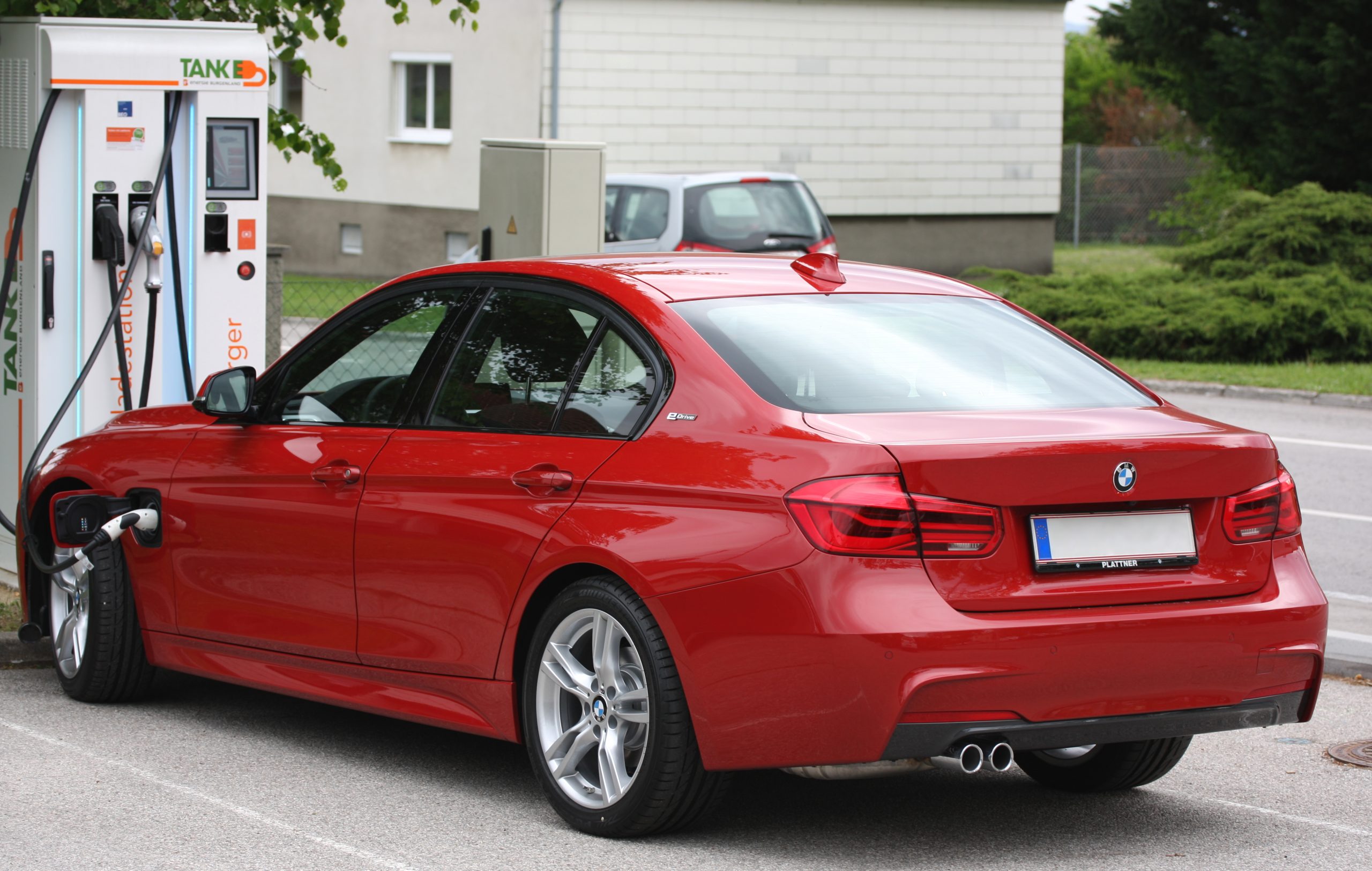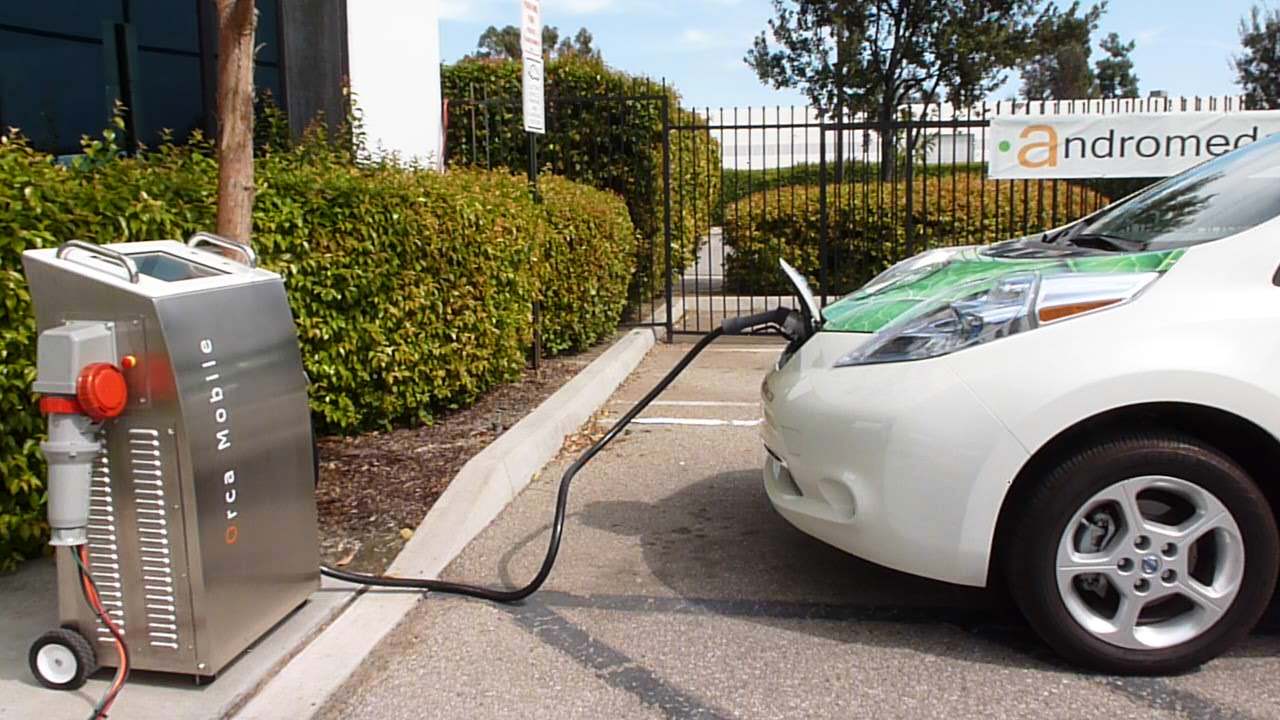Charging stations are intended for electric vehicles. As the autonomy of electric vehicles is closely linked to these terminals, it is useful to take a closer look at their number, standardization, and coverage.
The usefulness of the electric recharging station
In general, automakers provide a maximum range of 500 kilometers, which can be reduced to 100 kilometers, depending on driving style, climatic conditions, and the power consumption of comfort elements (heating, ventilation, etc.). Hence the importance of charging stations and their number!
The different types of electric recharging stations
There are different types of electrical recharging sockets offered by several firms, who are aware of the importance of this future market.
The type of socket depends on the charging mode chosen as explained below:
Charging mode 1
Charging mode 1 does not require any adaptation and is carried out on a type E socket in the home network.
The type E socket allows single-phase charging on standard household network sockets (3 pins, current 10 A, maximum power 3 kW).
The charging current is limited to 8 Amperes (8A). Connection with an adapter cable is very easy, but the complete recharging time of a vehicle is more than 12 hours, even 14 hours. It is not found on residential and public charging stations.
It is necessary to have your electrical installation checked, as it has to withstand continuous charging for several hours.
This solution may not be sufficient for new generation electric car batteries.
Charging mode 2
Charging mode 2 incorporates a safety device built into the charging cable, two types of plugs work in this mode:
– the non-dedicated type E socket: the charging power is 1.8kW at 8A max;
– the dedicated type E socket: the charging power is 3.2kW at 8A max.
The remarks are the same as for charging mode 1.

Charging mode 3
Charging mode 3 allows accelerated charging and integrates charge control functions (off-peak hours, weekends, etc.). A specific wall box is then installed. Two specific types of sockets are adapted for this mode:
– the type 2 socket (Mennekes®) adopted as a European standard (European directive 2013/0012). The type 2 socket is a specific socket to be installed on the home network. It allows several types of recharging: normal or accelerated recharging. Recharging is done in single-phase 220 V (70 A, maximum 38 kW) or three-phase 400 V (63 A, maximum 43.5 kW). This type of seven-pin plug allows the control and regulation of the charge in conjunction with the vehicle’s computer. This plug is intended for the residential and public sector;
– the type 3 (Schneider) plug. The type 3 socket is now disappearing on the market. It accepts single-phase or three-phase with a maximum amperage of 32 A (from 3 to 22 kW) and allows load regulation and control. It is a seven-pin plug for residential and public sector applications.
Charging mode 4
It corresponds to the installation of specific charging stations that allow a quick charge (20 to 40 minutes); they are equipped with a type 4 socket consisting of a cable directly connected to the terminal (no connection to be made on the terminal side). Two models are available:
– the Yasaki or Chademo plug (10-pin plug, power is 50 kW in direct current);
– the Combo socket (European standard).
It works in single-phase (43 kW) or three-phase (50 kW) and has:
– nine pins: seven for three-phase (alternating current) operation;
– two for single-phase (direct current) operation.
Hope the above helps you determine which charging mode best suits your electric car. Remember to leave your comments below.

